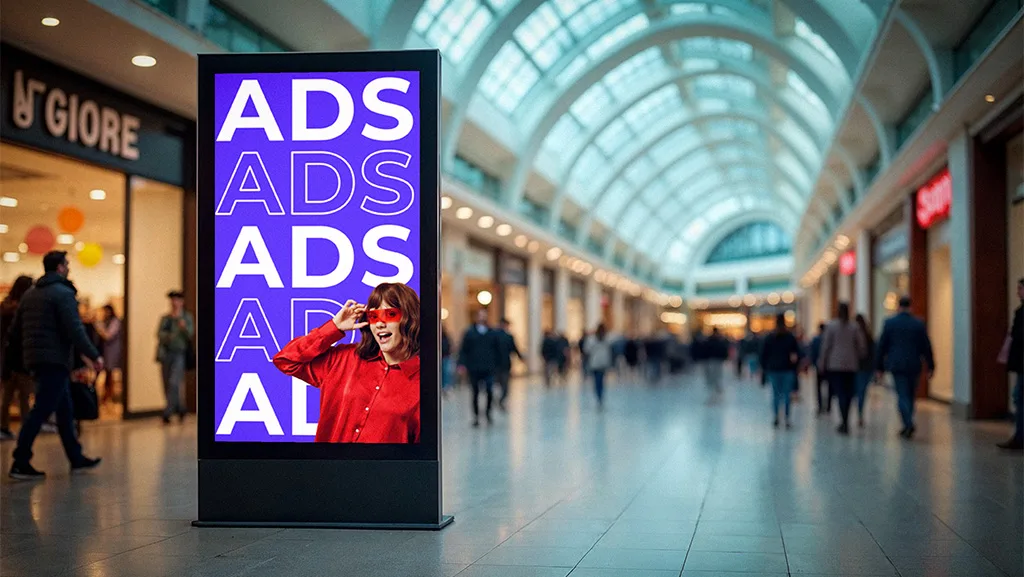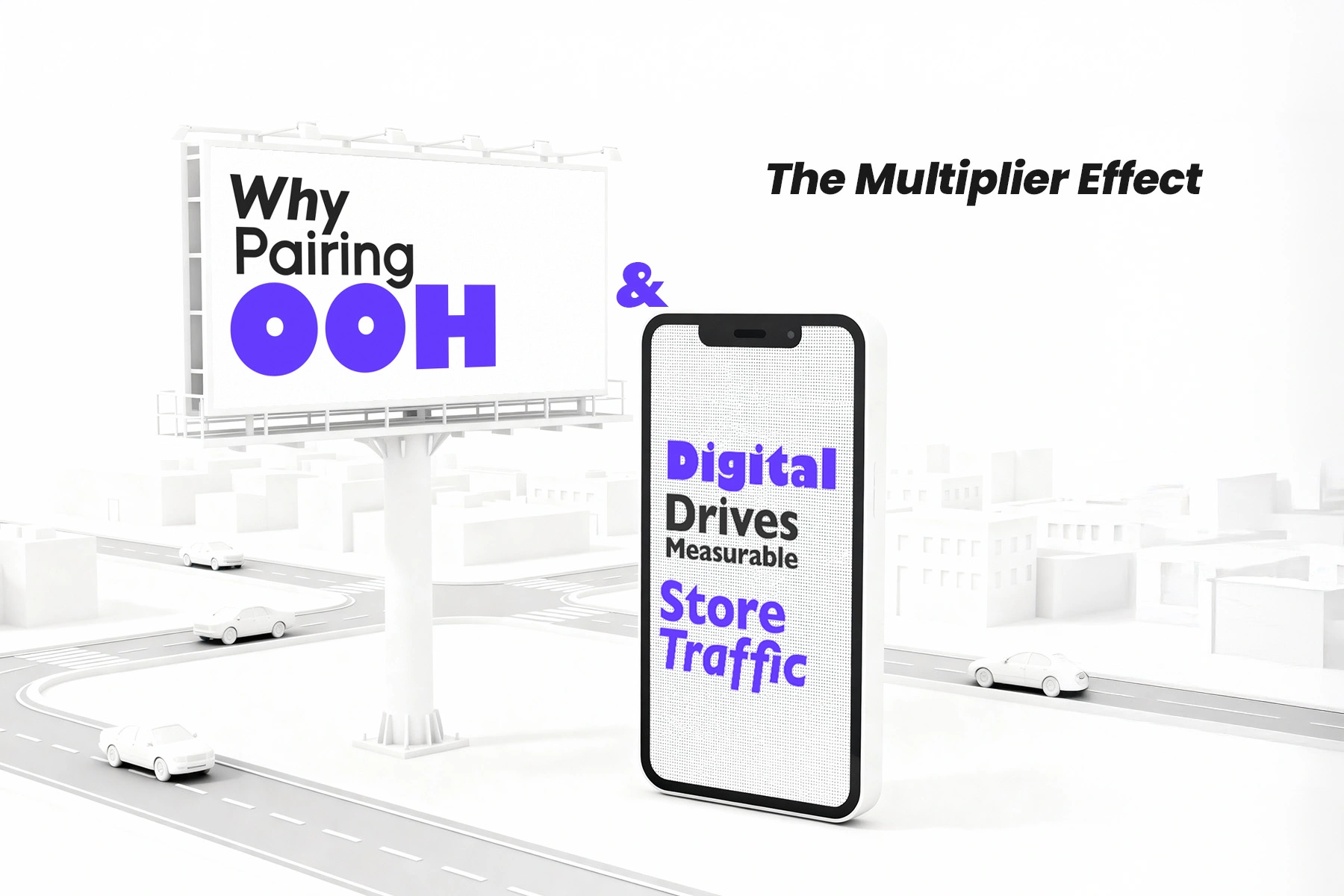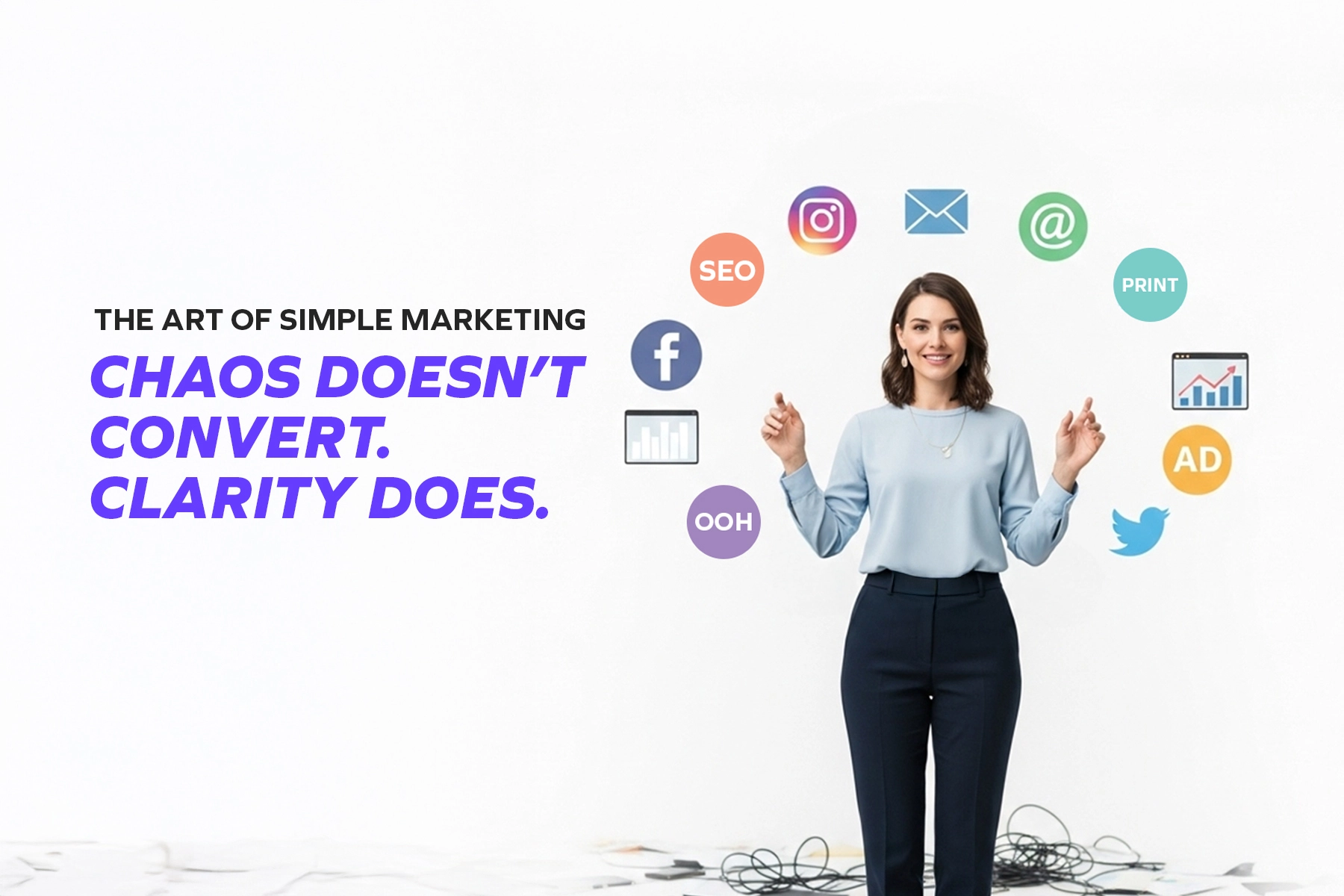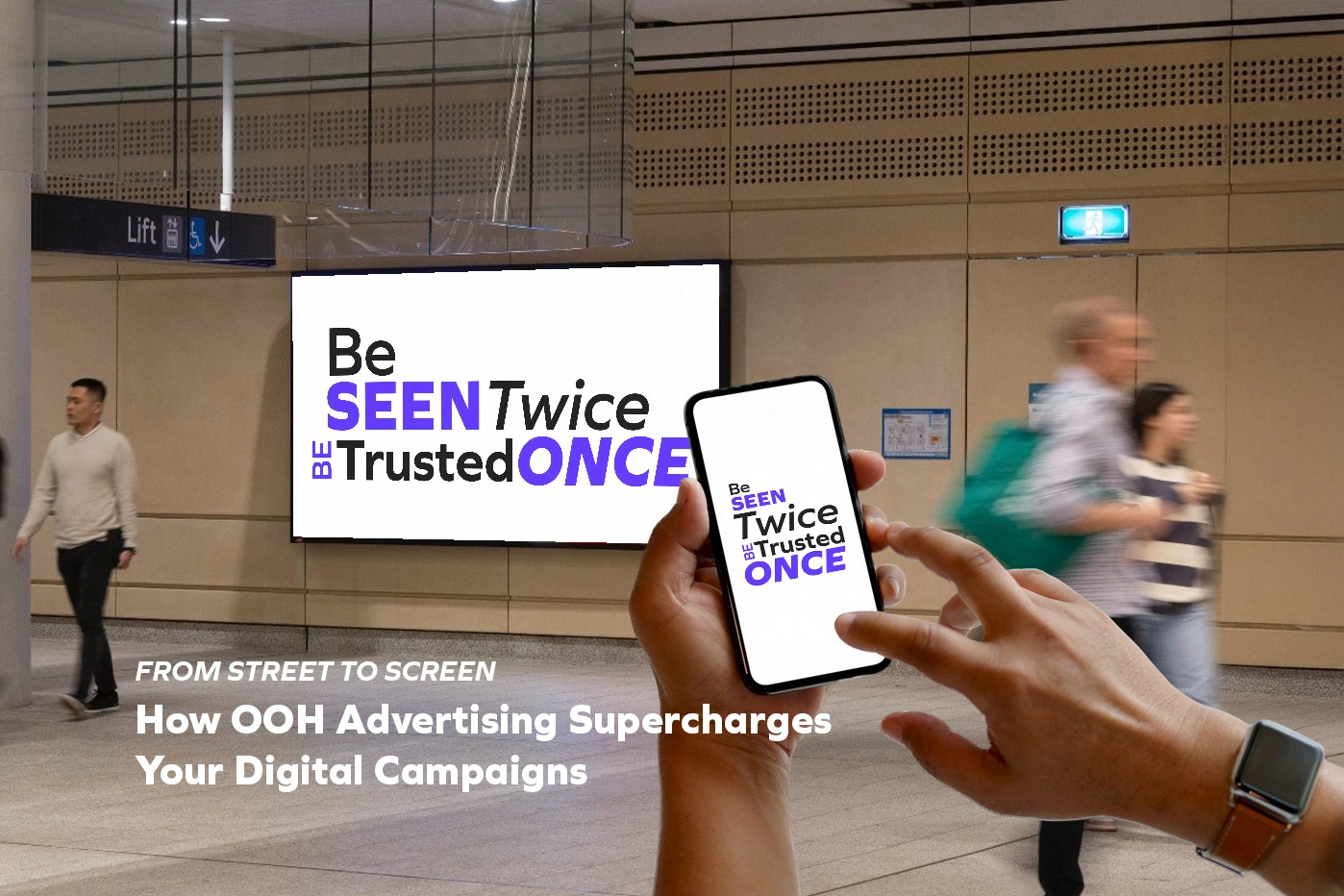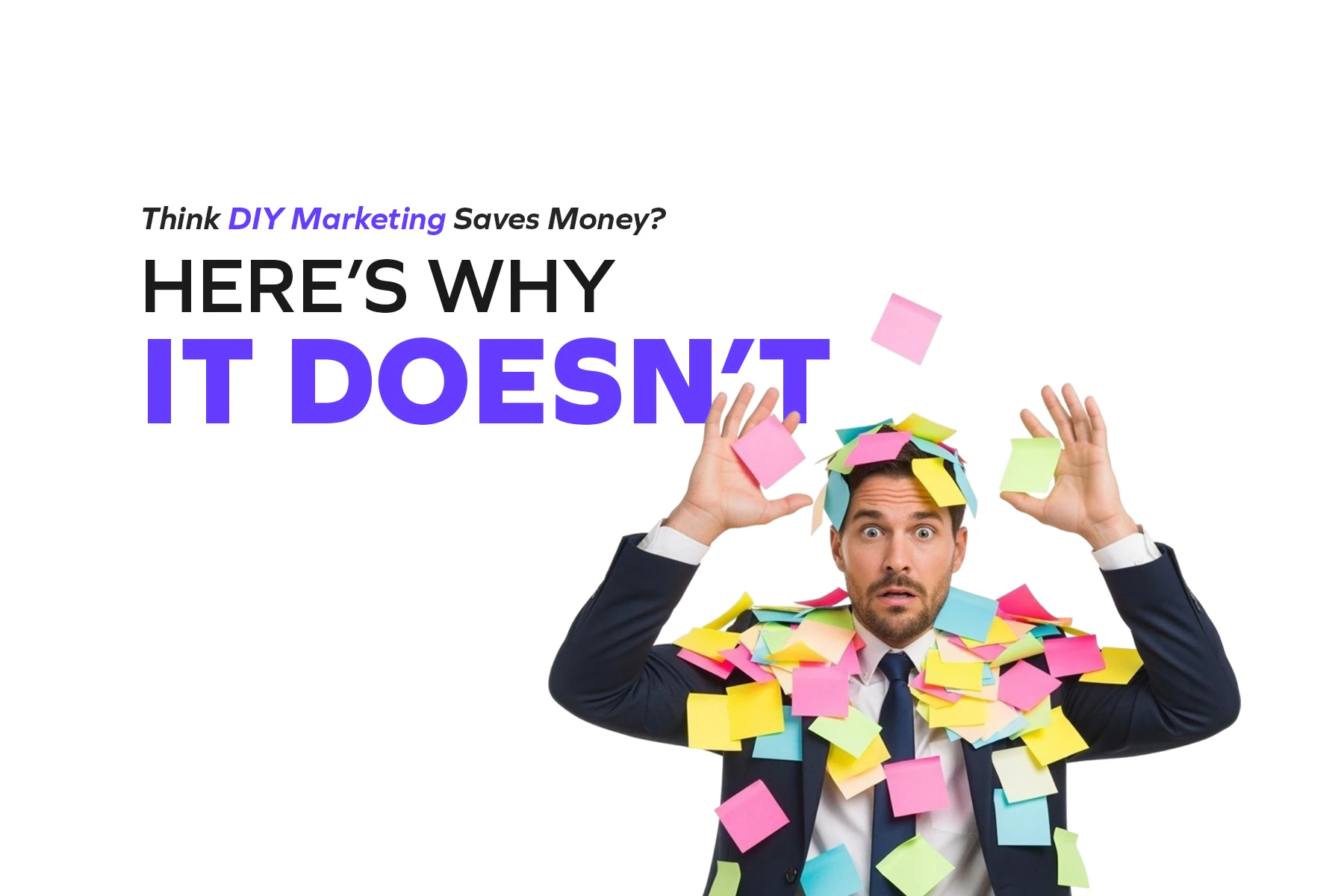Imagine strolling through a bustling shopping centre — enticing shopfronts on every side, the aroma of fresh coffee filling the air, and the buzz of eager shoppers all around. Amid this sensory overload, well-placed advertising grabs your attention — a vibrant digital screen showcasing the latest trends or a strategically positioned poster highlighting irresistible deals.
Shopping centre advertising isn’t just about visibility; it’s about connecting with consumers right where they’re primed to shop, explore, and spend.
As marketing professionals, we know that location is everything. Shopping centres — particularly in Australia — offer a unique blend of high foot traffic, diverse demographics, and a receptive audience. In this blog, we’ll explore why shopping centre advertising is a game-changer, the strategies that make it effective, and how it delivers real results for businesses across industries.
Why Shopping Centre Advertising Works
Captive Audience in a Purchase-Ready Mindset
Unlike other platforms, shopping centres provide direct access to consumers who are already in a buying mood. These visitors have actively chosen to spend time in a space designed for commerce. Whether they’re browsing for leisure or making targeted purchases, they’re far more likely to engage with ads because they’re already in a shopping mindset.
High Foot Traffic Equals High Visibility
Shopping centres attract thousands of visitors daily, giving businesses unparalleled exposure. From families on weekend outings to professionals grabbing a quick bite, the constant flow of people ensures your message reaches a broad audience. In Australia, where shopping centres often double as social hubs, this regular exposure reinforces your brand in consumers’ minds.
Targeted Placement Opportunities
Shopping centres offer a variety of prime advertising spots, including:
- Digital Screens: Positioned at entrances, food courts, and escalators — perfect for dynamic, eye-catching content.
- Posters and Billboards: Ideal for long-term campaigns and high-traffic areas.
- Interactive Kiosks: Encourage customer engagement through touchscreens or QR codes.
- Floor Decals: Eye-catching and unconventional, perfect for guiding shoppers to your store or promoting in-store deals.
With so many options, businesses can tailor their campaigns to suit specific goals — whether that’s promoting seasonal offers, increasing store visits, or building brand awareness.
Exploring Different Ad Formats and How They Deliver Results
Choosing the right ad format can make all the difference in grabbing attention and driving sales. Here’s a closer look at some popular options:
1. Static Posters and Billboards
These classic tools might seem old-school, but they’re incredibly powerful for building brand recognition. Positioned in busy walkways or high-traffic zones, they offer repeated exposure to your message.
Whether you’re promoting an event, launching a product, or keeping your brand top-of-mind, static displays provide consistent visibility — especially for campaigns that run for weeks or months.
2. Digital Screens
For dynamic content that demands attention, digital screens are the way to go. Their ability to rotate messages, display animations, and even showcase video makes them ideal for fast-paced environments like malls or airports. Fashion retailers, tech brands, and food outlets thrive on digital screens’ ability to promote limited-time deals, new arrivals, or mouth-watering visuals.
3. Interactive Kiosks
Interactive kiosks take engagement to the next level. Whether you’re promoting a new product, running a survey, or offering exclusive discounts, these kiosks invite shoppers to interact — creating memorable experiences while helping brands gather valuable customer data. They’re often found at expos, retail stores, or event venues where engagement is key.
4. Floor and Escalator Decals
For brands looking to break away from traditional ad spaces, floor and escalator decals are a clever option. Positioned in walkways or on escalator steps, they surprise shoppers — and that’s exactly what makes them effective. They’re perfect for guiding people to specific stores, promoting deals, or reinforcing your brand presence in busy areas.
Engagement Strategies for Maximum Impact
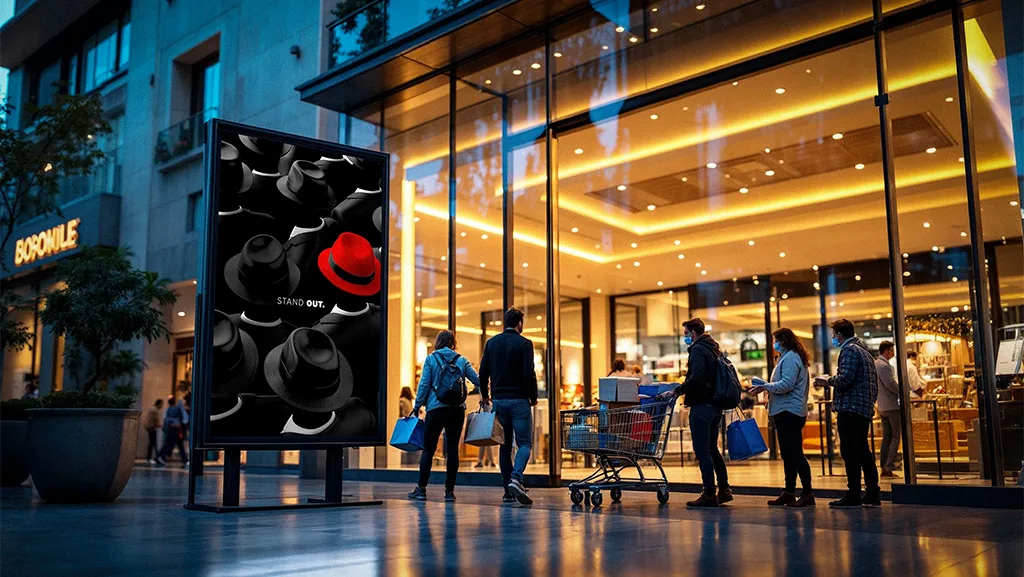
Leverage Digital Technology
Digital screens offer flexibility to run dynamic, multimedia campaigns that are visually compelling and instantly adaptable. For instance, a fashion retailer can showcase video clips of their latest collection, while a café can tempt passersby with tantalising images of signature dishes.
Harness the Power of Localised Messaging
Localisation helps connect with your audience. In Australia, for example, highlighting local events, seasonal deals, or community-focused campaigns resonates better with shoppers.
Integrating Online and Offline Marketing
Modern shopping centre advertising isn’t limited to physical banners or screens—it’s increasingly becoming a hybrid of both offline and online experiences. At Shopa Marketing, we help bridge the gap between in-mall advertising and digital channels to enhance customer journeys and boost engagement.
Here’s how online and offline marketing can work together inside shopping malls:
Click-and-Collect Services:
Let shoppers buy online and pick up in-store—creating foot traffic and cross-sell opportunities.
QR Code-Enabled Displays:
Link physical signage to landing pages, special offers, or virtual try-ons.
Geo-Targeted Ads:
Serve mobile ads to users near or inside the mall to prompt immediate visits.
Social Media Engagement:
Encourage customers to share their in-mall experiences online with hashtags and rewards.
Mobile Apps & Push Notifications:
Deliver time-sensitive promotions or store alerts as they move through the centre.
This omnichannel approach drives results by reaching customers at multiple touchpoints—before, during, and after their mall visit.
Average Cost of Shopping Centre Advertising
The cost varies depending on the format, location, and duration:
- Static posters and billboards: $1,500 – $10,000 per month
- Digital screen ads: $3,000 – $20,000 per month (depending on screen size and placement)
- Interactive kiosks: $5,000 – $25,000 per month
- Floor decals: $1,000 – $5,000 per month
Prices fluctuate based on foot traffic, campaign scale, and regional demand.
Limitations and Challenges of Shopping Centre Advertising
- High Costs: Premium locations with heavy foot traffic can be pricey.
- Limited Customisation: While digital screens allow updates, static posters require reprinting.
- Potential Ad Blindness: Shoppers may tune out repetitive messages in crowded malls.
Restricted Audience Targeting: Unlike online platforms, centre ads can’t always target precise demographics.
Measuring Success: The ROI of Centre Advertising
- Increased Brand Awareness: Shopping centre ads offer repeated exposure, ensuring your brand stays top-of-mind.
- Enhanced Foot Traffic and Sales: Well-placed ads entice curious shoppers to visit your store.
- Data-Driven Insights: Modern advertising tools now track impressions, engagement rates, and even customer demographics, helping you refine future strategies.
Real-Life Success Stories of Shopping Mall Advertising in Australia
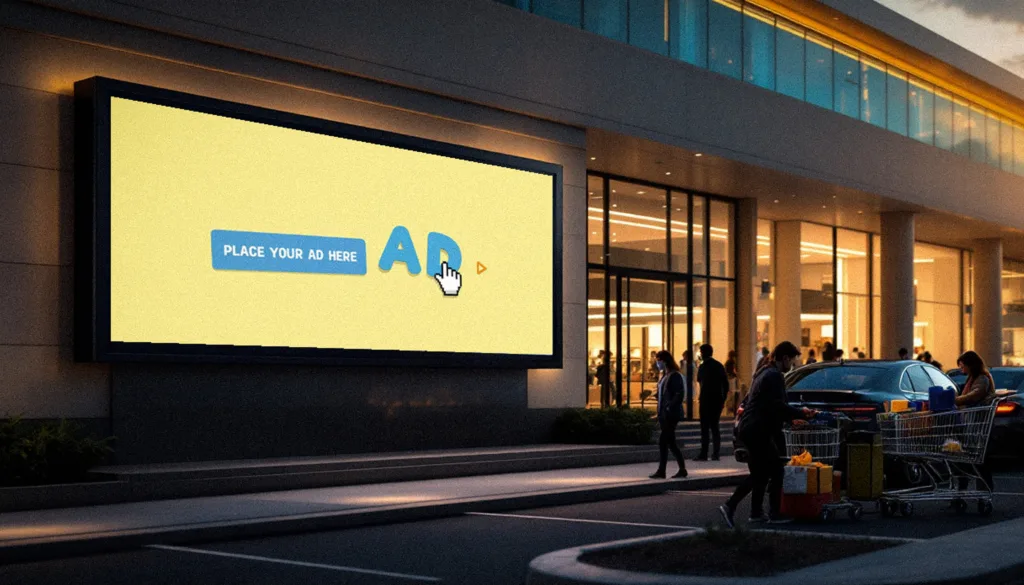
Shopping mall advertising has proven to be a powerful tool for driving brand awareness, customer engagement, and sales growth. With high foot traffic and a captive audience, shopping centres provide brands with a unique environment to connect with shoppers in moments of decision-making. Below are inspiring success stories of Australian brands that effectively leveraged shopping mall advertising to achieve remarkable results.
1. Typo’s ‘Back to School’ Campaign – Targeting Gen Z with Creative Visuals
Brand Focus: Typo, a popular stationery, and lifestyle retailer.
Campaign Objective: Promote Typo’s trendy school supplies to Gen Z students and parents preparing for the new school year.
Advertising Strategy:
Interactive Digital Screens: Typo installed engaging digital kiosks in major shopping centres such as Westfield Sydney and Chadstone Shopping Centre. The screens featured vibrant animations showcasing their colourful stationery, backpacks, and tech accessories.
Augmented Reality (AR) Activation: To capture attention, Typo launched an AR game on the screens where shoppers could virtually “design their dream school bag.” Participants received a 10% discount voucher for completing the experience and driving immediate footfall to nearby stores.
Product Sampling Booths: Positioned near food courts and high-traffic areas, Typo distributed free customised notebooks with QR codes linking to special online offers.
Results:
- 35% increase in in-store sales during the campaign period.
- AR engagement exceeded 1,200 interactions in just two weeks.
- The campaign effectively targeted Gen Z shoppers and parents, reinforcing Typo’s trendy brand image.
2. Boost Juice’s ‘Summer Splash’ Promotion – Driving Impulse Purchases
Brand Focus: Boost Juice, a popular Australian juice and smoothie chain.
Campaign Objective: Increase foot traffic and encourage impulse purchases during the summer season.
Advertising Strategy:
Digital Mall Screens: Boost Juice leveraged animated content featuring vibrant summer visuals and catchy taglines like “Cool Down with a Boost.” Screens were placed near entrances and escalators to capture attention.
Interactive Vending Machine: A specially designed “Summer Splash” vending machine was installed in select malls. Shoppers could play a simple touchscreen game to win discount vouchers, free drink upgrades, or limited-edition merchandise.
In-Mall Sampling Stations: Boost Juice staff handed out small sample cups of their best-selling smoothies, enticing shoppers to visit their outlets.
Results:
- In-mall sales increased by 28% during the campaign’s first month.
- The vending machine attracted over 3,500 participants in just three weeks, driving a surge in foot traffic to nearby Boost Juice outlets.
- Social media buzz around the “Summer Splash” experience further amplified brand visibility.
3. Mecca’s ‘Beauty Playground’ – Engaging Beauty Enthusiasts
Brand Focus: Mecca, Australia’s leading beauty retailer.
Campaign Objective: Showcase Mecca’s latest skincare, makeup, and fragrance collections while providing an interactive shopping experience.
Advertising Strategy:
Pop-Up ‘Beauty Playground’: Mecca created a stunning pop-up space inside Melbourne Central featuring product trials, beauty masterclasses, and interactive mirror displays that recommended products based on shoppers’ skin tones and preferences.
Digital Screens with QR Codes: Screens located near escalators and entrances promoted live demos, exclusive discounts, and limited-time product offers.
Influencer Collaboration: Beauty influencers hosted live sessions in the pop-up space, showcasing Mecca products and sharing their favourite beauty tips on social media.
Results:
- The campaign attracted over 5,000 visitors to the pop-up in just two weeks.
- Foot traffic to nearby Mecca stores increased by 42%.
- QR code scans surged, with over 800 redemptions for exclusive beauty bundles.
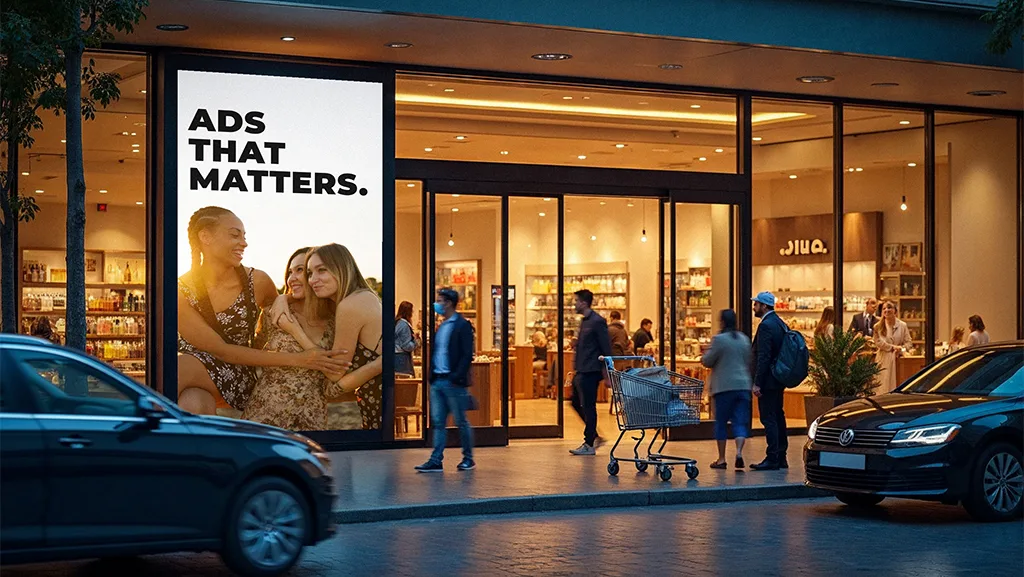
4. The Athlete’s Foot’s ‘Stride with Confidence’ Campaign – Driving Shoe Sales with Interactive Ads
Brand Focus: The Athlete’s Foot, a trusted footwear retailer.
Campaign Objective: Promote their new range of running shoes while educating shoppers on proper shoe selection for comfort and performance.
Advertising Strategy:
- Foot Scanner Kiosks: Installed in shopping centres like Westfield Bondi Junction, these self-service kiosks allow shoppers to scan their feet for customised shoe recommendations. Each result included personalised tips on improving posture, balance, and support.
- Digital Screens Featuring Testimonials: Screens near major mall entrances featured customer success stories, showing runners, hikers, and athletes sharing how The Athlete’s Foot shoes improved their performance.
- In-Mall Fitness Demos: To engage shoppers, live fitness demonstrations were held near sportswear stores, highlighting the benefits of appropriate footwear.
Results:
- Sales of the new shoe range increased by 31% within four weeks.
- Over 2,000 shoppers used the foot scanner kiosks, with 70% visiting the store afterward for personalised consultations.
5. Samsung’s ‘Galaxy Experience’ – Tech Showcase with Hands-On Demos
Brand Focus: Samsung Electronics Australia.
Campaign Objective: Create buzz around the new Galaxy smartphone series and encourage hands-on experiences.
Advertising Strategy:
- Immersive Product Booths: Samsung set up interactive booths in shopping centres like Pacific Fair and Highpoint Shopping Centre. Shoppers could explore camera features, test augmented reality apps, and experience gaming capabilities.
- Digital Screens with Live Demos: Key product features, such as enhanced night photography and fast-charging capabilities, were showcased on large mall screens.
- In-Booth Competitions: Shoppers were invited to take creative selfies using Samsung’s new camera features, with winners receiving free Samsung accessories.
Results:
- The campaign attracted over 10,000 booth visitors in two weeks.
- Samsung achieved a 22% increase in pre-orders for the new Galaxy series.
- Positive social media mentions surged, enhancing brand credibility and excitement.
Key Takeaway:
These success stories highlight how shopping mall advertising combines high visibility with interactive experiences to captivate consumers. By blending digital screens, pop-up activations, sampling stations, and creative displays, brands can effectively engage shoppers, build brand loyalty, and boost sales in a competitive retail environment.
Why Your Business Needs Centre Advertising
Shopping centre advertising isn’t just an option — it’s a powerful way to connect with consumers right when they’re ready to spend.
At Shopa Marketing, we specialise in crafting impactful centre advertising strategies that deliver results. Whether you’re promoting a seasonal offer, boosting store visits, or building long-term brand awareness, we’ll help you make an impact where it matters most.

